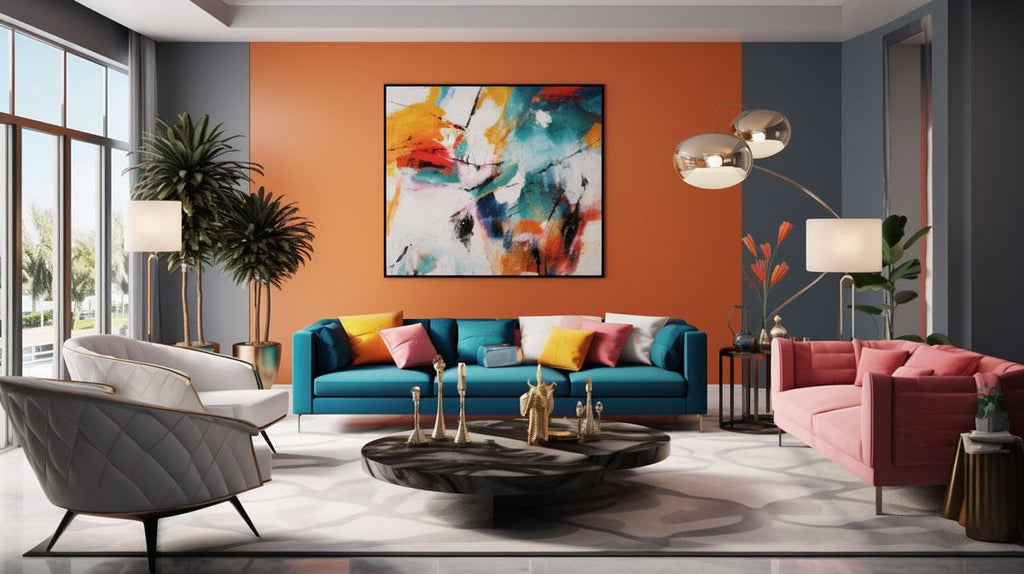The Importance of Colors and Textures in Decoration

Colors and textures have the power to completely transform an environment. They can create atmospheres, evoke emotions and reflect the personality of residents. Knowing how to combine them is essential to create harmonious and aesthetically pleasing spaces.
Understanding the Color Circle

Primary, Secondary and Tertiary Colors
The color wheel is an essential tool for understanding the relationships between colors. It is made up of primary colors (blue, red and yellow), secondary (obtained by mixing primaries) and tertiary (combination of a primary with a secondary).
Complementary and Analogous Colors
Complementary colors are those opposite each other on the color wheel, such as blue and orange. Analogous colors are neighbors on the circle, such as blue, blue-green and green.
Textures in Decoration: More than Just Touch
Textures add depth and visual interest to a space. They can be perceived both by touch and sight and range from soft fabrics, such as velvet, to rough surfaces, such as rustic wood.
Tips for Successfully Combining Colors and Textures

1. Start with a Neutral Palette
A neutral base allows you to play with colors and textures in accessories without overloading the room.
2. Use 60-30-10
60% of the decoration in a dominant color, 30% in a secondary color and 10% in an accent color. This proportion creates balance and harmony.
3. Play with Contrasts
Combine rough textures with soft ones, or cold colors with warm ones, to create dynamism.
4. Repeat Colors and Textures
Repeating elements helps create cohesion and fluidity in the design.
5. Use Textures to Zon Spaces
In integrated environments, different textures can help define different areas.
6. Don't Be Afraid of Patterns
Stripes, florals, geometrics... Patterns can add a touch of personality. Just make sure they complement, not compete with, the rest of your decor.
7. Consider Lighting
Light can alter the perception of colors and highlight or soften textures.
8. Test Before You Decide
Before committing to a color or texture, test samples in the space to see how they perform under different lighting conditions.
Inspiration in Nature

Nature is an inexhaustible source of inspiration when it comes to colors and textures. From the deep green of forests to the soft blue of oceans, there's an endless palette to explore.
Combining colors and textures in decoration may seem challenging, but with the right tools and tips, it is possible to create unique and harmonious environments. Remember that decor is an expression of your personality, so feel free to experiment and make choices that reflect your personal taste.









































